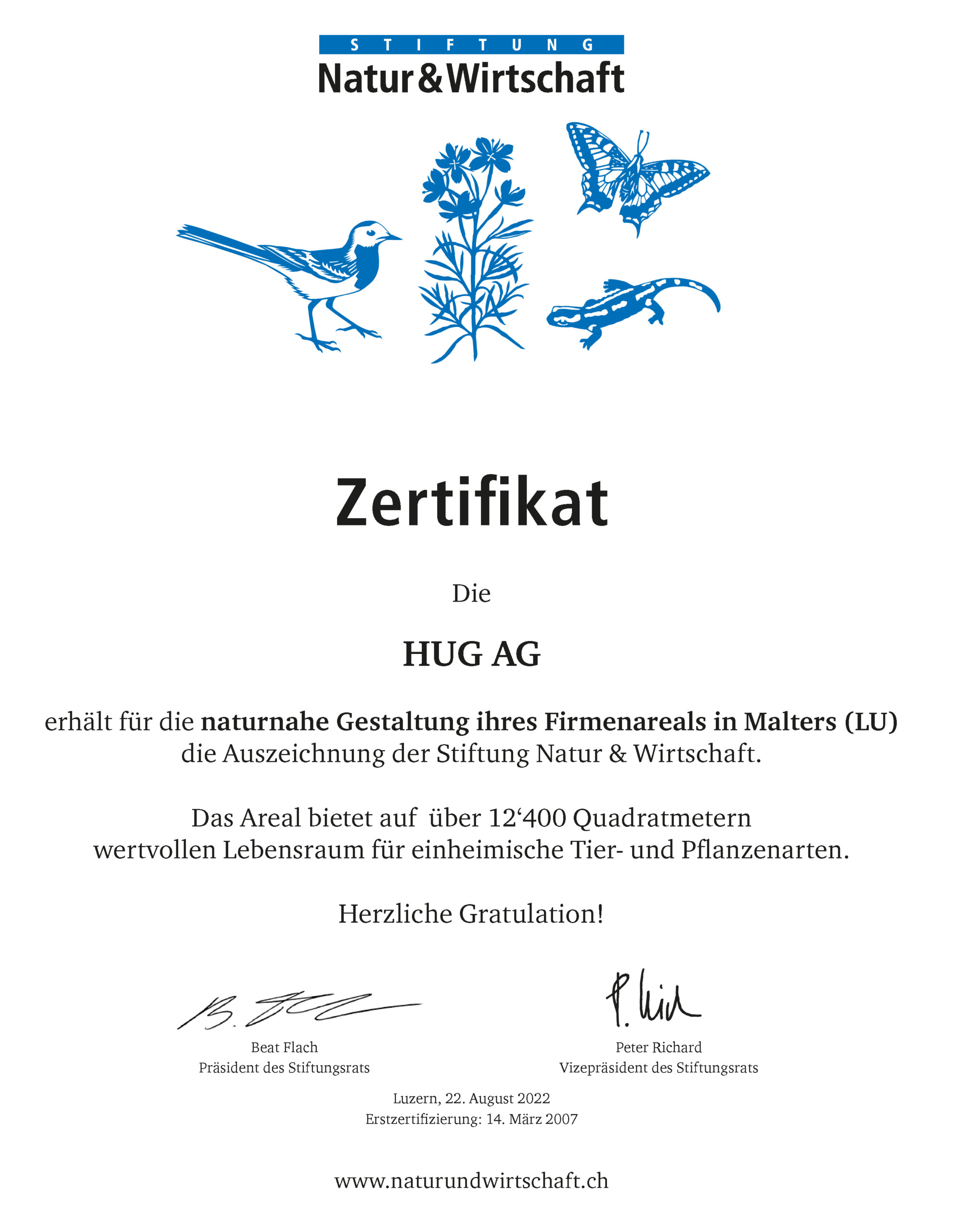
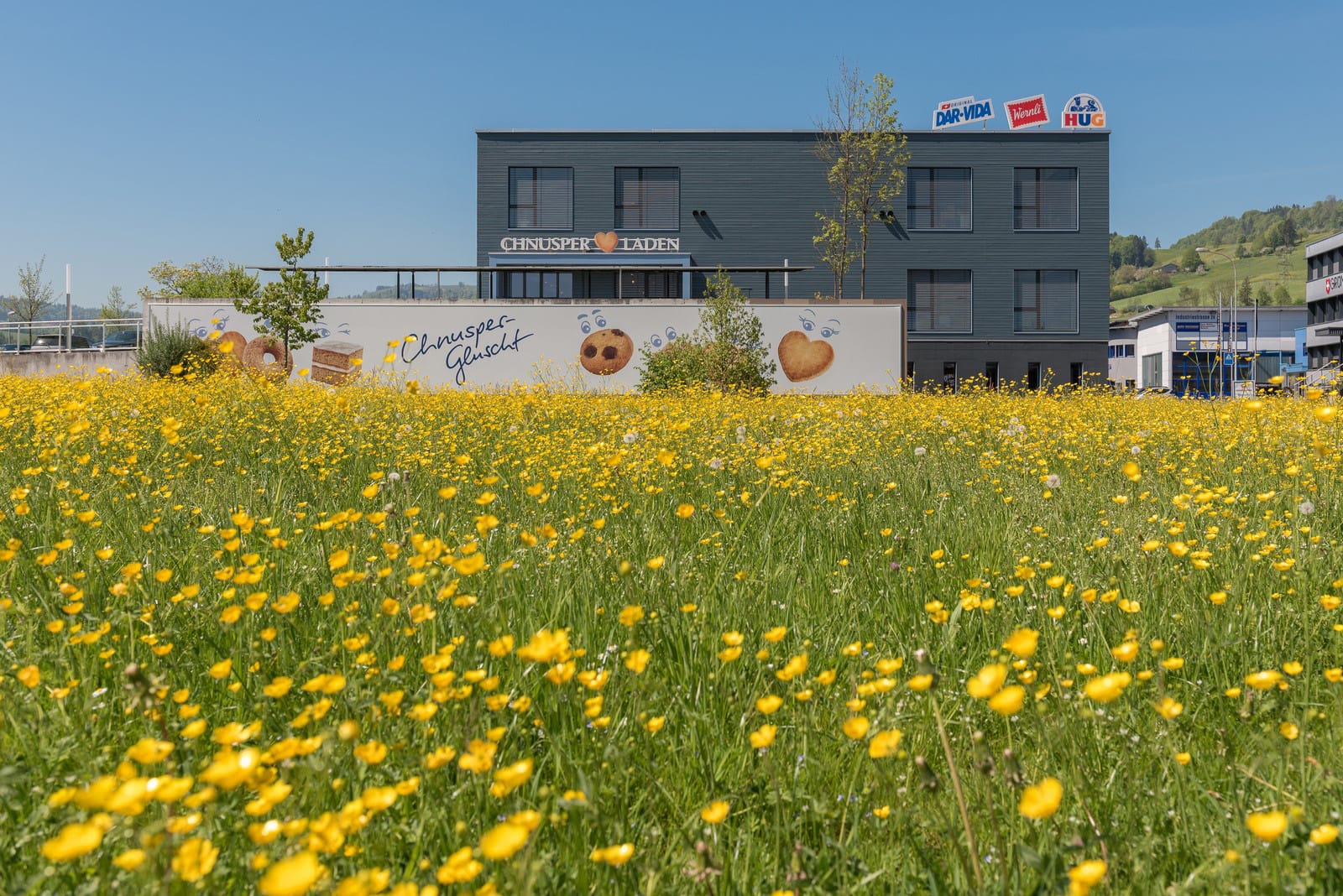 Infrastructure & Processes
Infrastructure & Processes
Industrial design in harmony with nature
Nature and economy go hand in hand
Industrial buildings are often surrounded by large open spaces. Our backhaus is no exception, being surrounded by 2,700 square metres of open space intended for neither building construction nor access ways.
We systematically transform these open spaces into a rich habitat for fauna and flora species that have become rare and partly threatened. The aim is to create ecologically valuable niches for native plants and animals.
Wild hedges, large individual trees and groups of trees, and extensive perennial plantings on lean soil surround our backhaus and make our production site part of a diverse, natural environment.
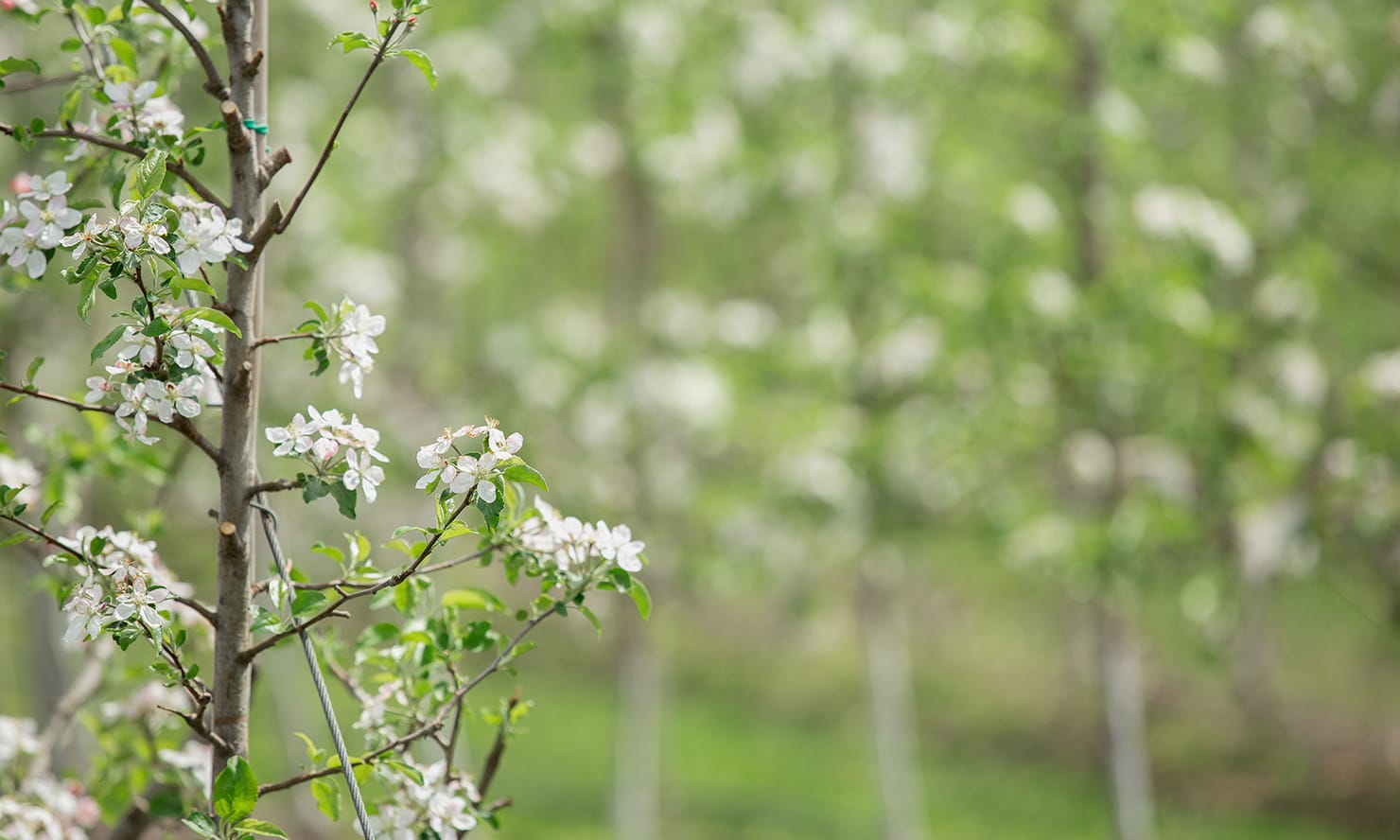
Trees improve the microclimate
Native trees and shrubs are essential elements of nature-friendly open spaces. They shape neighbourhoods and provide habitat, food and breeding grounds for many animals and insects.
Trees function as carbon reservoirs, extracting CO2 from the air and storing considerable amounts of it in the wood. They thus help to reduce the CO2 content of the air.
At the same time, trees release water into the environment through evaporation, which improves the microclimate in their surroundings.
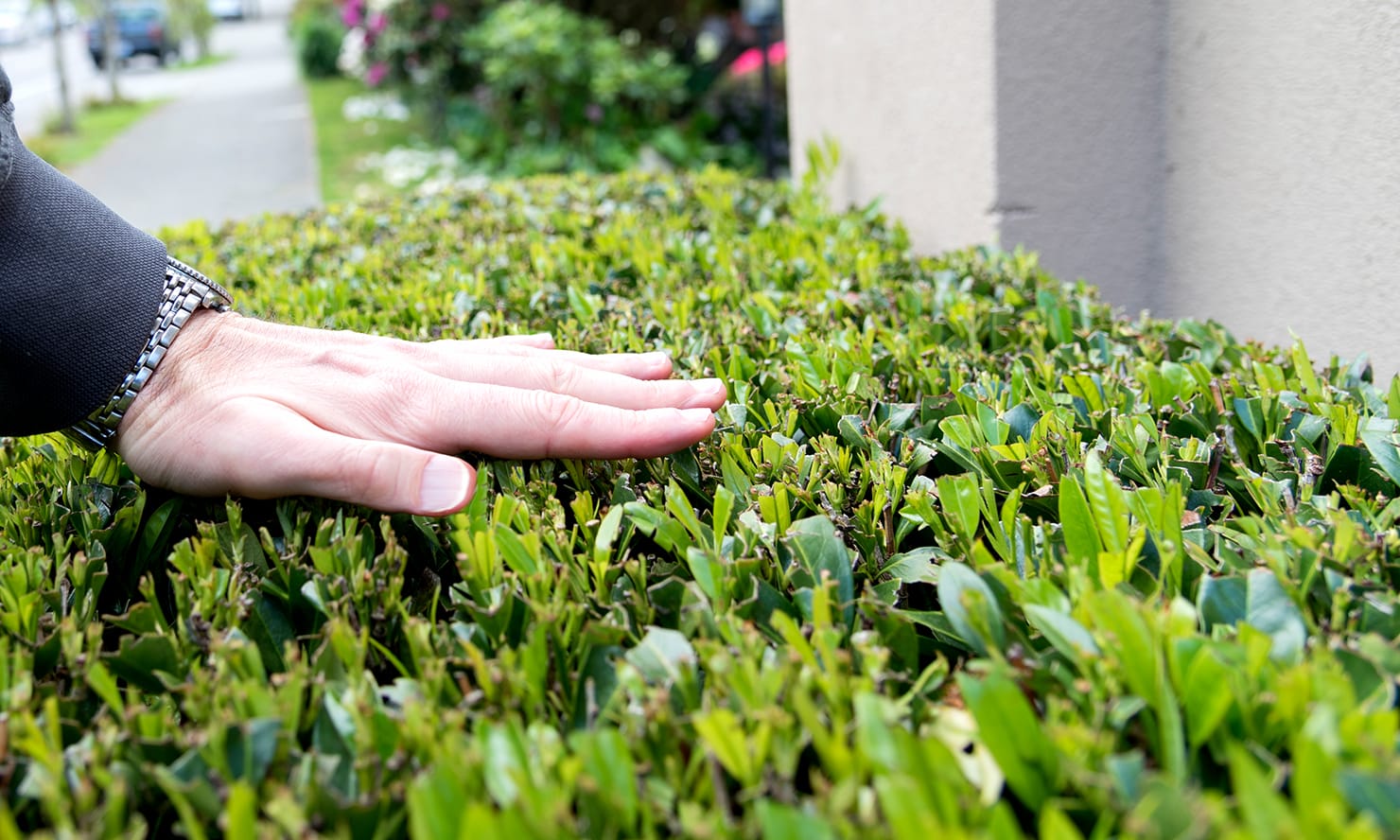
Hedges – special hiding places for birds
Birds and small animals appreciate native hedgerows as a refuge and food source. Native flowering hedges are also very attractive for insects, which particularly enjoy pollinating them.

Ruderal areas – a shelter for animals
Ruderal areas on road embankments or traffic islands are particularly appreciated. They also enhance the ecological value of company premises. Planted with native perennials, these areas are valuable food sources for insects and small organisms – unlike the hostile gravel gardens often found around buildings and in backyards.
In ruderal areas, fine and coarse gravel and sand replace humus as the base for landscaping features, such as round or crushed gravel of various sizes, large stones and scattered boulders. These elements make the site interesting not only for the eye of the beholder. The larger stones and dead wood provide shelter for all kinds of animals.
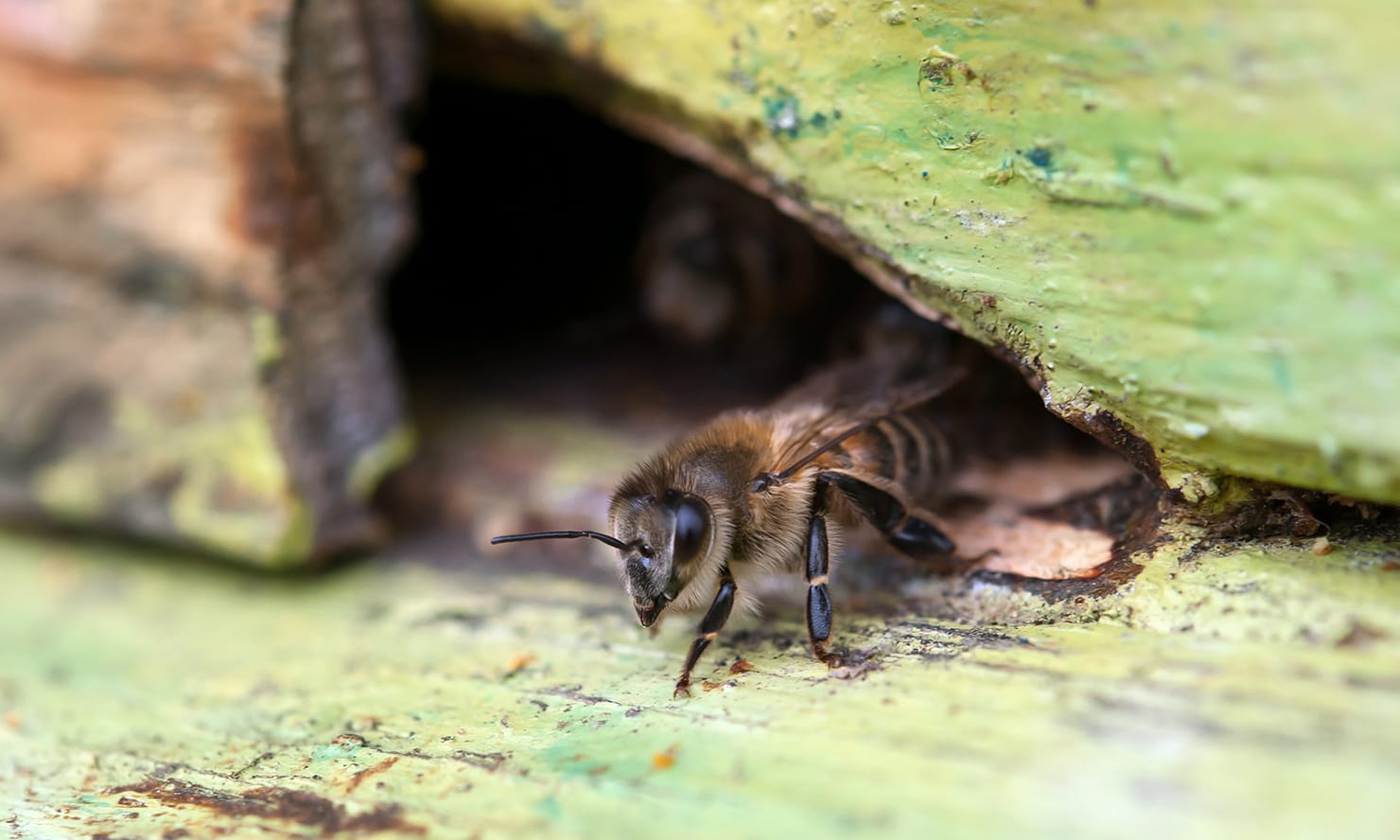
Ruderal areas – a small paradise for wild bees
Native wild bees, of which there are about 100 species, are highly specialised. Some nest in hollow plant stems, others dig in the ground or require dead wood to raise their brood. Each species feeds exclusively on very specific plants that must flower within a short distance of its hive. Creating a habitat for these species therefore requires some knowledge. Soil structure and vegetation are crucial.
These pioneer areas are wonderful places for nature lovers, amateur biologists and children eager to discover. They are teeming with insect species, frantically building nests, collecting food, feeding their offspring, moulting into cocoons, hatching... It is a vibrant and perpetually changing space, in which species settle and then disappear again.

We promote nature at our production site
Our efforts were monitored and rewarded for the first time in 2007 by the Stiftung Natur & Wirtschaft. In 2022, we were awarded the label again without reservations. Our commitment to more local biodiversity has thus received recognition from an independent body.
